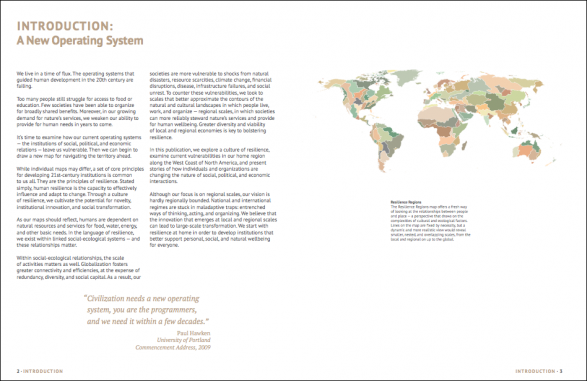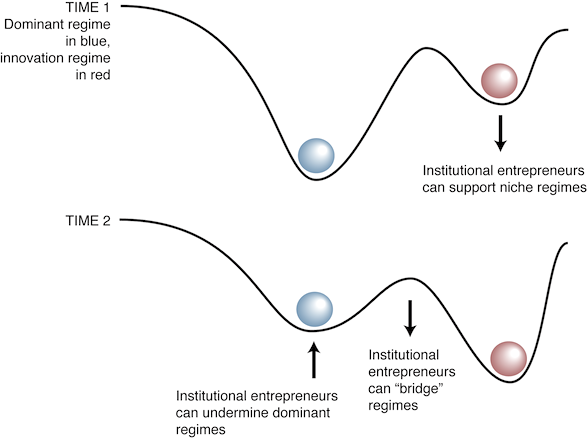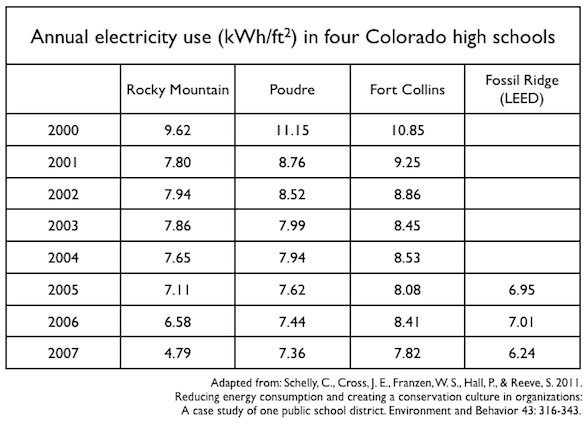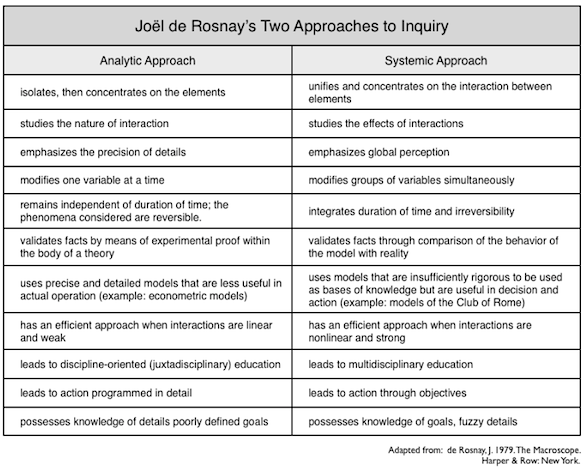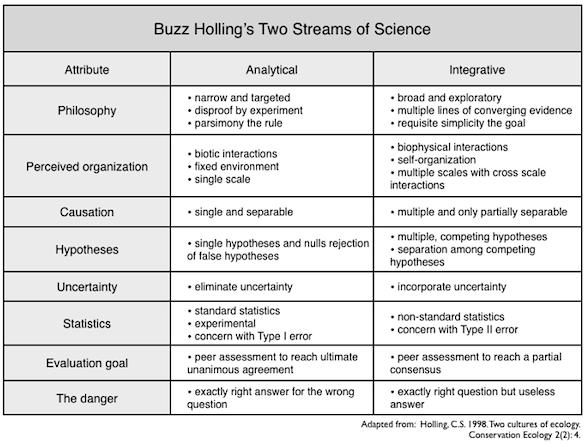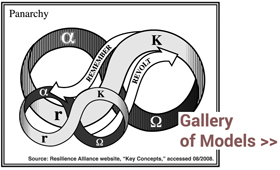Biologist Frans de Waal in Science on new research on adaptive learning in animals (“Animal Conformists,” sub. req.):
The early debate about animal culture focused on the mechanism of behavioral transmission. Do animals learn from each other in the same way as humans do? If they copy the behavior of others, does this reflect “true” imitation, that is, do they understand the other’s goals and methods? Apes were said to lack imitative capacities because they failed to imitate human models. But of course, human models belong to a different species. We now know that apes learn from each other in ways that meet all the requirements of true imitation.
With that issue behind us, animal culture studies have begun to focus less on the transmission process and more on the strength of animal conformist tendencies and their effect on survival. From the domain of learning, researchers are shifting to that of outcomes and adaptive significance. The reports by Allen et al. and van de Waal et al. nicely illustrate this new focus.
From the paper by Allen et al.:
We used network-based diffusion analysis to reveal the cultural spread of a naturally occurring foraging innovation, lobtail feeding, through a population of humpback whales (Megaptera novaeangliae) over a period of 27 years. Support for models with a social transmission component was 6 to 23 orders of magnitude greater than for models without. The spatial and temporal distribution of sand lance, a prey species, was also important in predicting the rate of acquisition. Our results, coupled with existing knowledge about song traditions, show that this species can maintain multiple independently evolving traditions in its populations.
See also:
- Ed Yong’s “On Copycat Whales, Conformist Monkeys and Animal Cultures”
- Frans de Waal’s TEDxPeachtree talk on “Moral behavior in animals”

